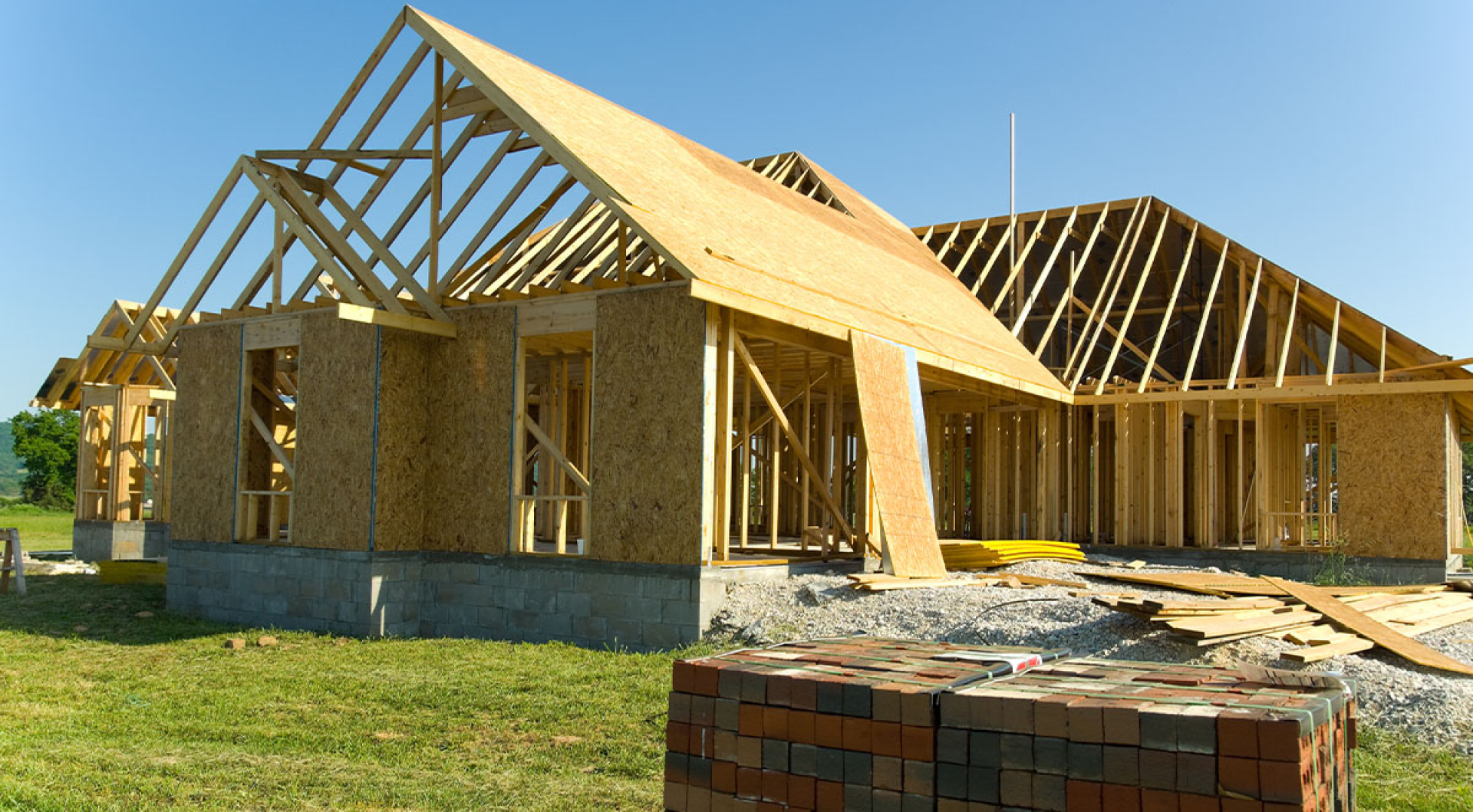Understand The Basics Of A Septic System
A septic system is an essential element of your home's waste management infrastructure, particularly if you’re not hooked up to a municipal sewer network. It handles your household waste by capturing and processing it so that wastewater can be safely returned to the environment.
Though septic systems come in various designs, their core function remains consistent. Wastewater travels from your home through pipes into the septic tank, where it starts the treatment process.
Within the tank, waste is divided into three separate layers:
- Scum Layer: Lighter materials, such as oils and fats, float to the top, forming the scum layer.
- Liquid Effluent: The middle layer consists of partially clarified wastewater.
- Sludge Layer: Heavier solids settle at the bottom, creating the sludge layer.
Over time, anaerobic bacteria break down the organic material in the sludge layer, reducing the solid volume and facilitating waste decomposition. Once the separation is complete, the liquid effluent exits the septic tank through a filter and moves into a drain field—a series of perforated pipes buried beneath the surface.
As the effluent travels through the drain field, it undergoes natural filtration and purification before it re-enters the groundwater. This process helps recycle the water back into the environment, maintaining the natural hydrological cycle.
1. Conduct A Soil Test
One of the first steps in planning your septic system is conducting a soil test. This test, often referred to as a percolation test or per test, evaluates the soil's ability to absorb and filter wastewater. The results will determine the type and size of the septic system required.
Key aspects of the soil test include:
- Soil Type: Different soils have varying absorption rates. Sandy soils typically drain quickly, while clay soils absorb more slowly.
- Soil Depth: The depth of soil above the bedrock or groundwater table affects the system’s design.
- Drainage Characteristics: How well the soil drains and how it handles water will influence the system’s efficiency.
2. Determine The System Size And Type
Based on the soil test results, you can determine the appropriate size and type of septic system for your custom home. Key factors influencing the system design include:
- Household Size: The number of bedrooms and bathrooms will affect the volume of wastewater generated. Larger households require larger septic tanks and drain fields.
- Water Usage: Consider the number of occupants, water-using appliances, and fixtures. High water usage may require a larger system.
- System Type: There are various types of septic systems, including conventional gravity systems, pressure distribution systems, and aerobic treatment units. Your choice will depend on soil conditions, site layout, and local regulations.
3. Plan The Septic System Location
Proper placement of your septic system is essential for ensuring its effective operation and ease of maintenance. When planning the location, it’s important to consider several key factors. First, the septic tank and drain field should be situated away from wells, streams, and other water sources to avoid contamination.
The system should be positioned at a convenient distance from your home, allowing for easy access when maintenance or repairs are needed. The topography of the land also plays a significant role; the system functions best when the drain field is located on a gently sloping area, as this helps optimize drainage and overall performance.
4. Plan For Maintenance And Care
Once your septic system is installed, proper maintenance is key to its longevity and efficiency. Consider the following maintenance practices.
- Regular Inspections: Schedule annual or biennial inspections to check for any issues and ensure the system is functioning correctly.
- Pump Out Schedule: Septic tanks need to be pumped out periodically to remove accumulated sludge and prevent system overload. The frequency depends on tank size, household size, and usage.
- Avoiding Harmful Substances: Be mindful of what you flush or pour down the drain. Avoid disposing of chemicals, grease, or non-biodegradable materials, as they can harm the system and reduce its effectiveness.
5. Educate Yourself On Local Regulations
Local regulations and codes can vary significantly, so it's essential to familiarize yourself with the rules governing septic systems in your area. This includes:
- System Design Requirements: Understanding specific design standards and requirements imposed by local health departments or environmental agencies.
- Maintenance Obligations: Knowing your responsibilities for maintaining the system and complying with any reporting or inspection requirements.
- Disposal Guidelines: Adhering to guidelines for disposing of waste and maintaining the system by local regulations.
6. Choose A Reputable Septic Service Provider
One of the most important things that you should take into consideration when planning to build a septic system for your custom home is to find a reliable septic service provider. They will ensure a successful installation and long-term relationship. The right septic service company will have experience, a good reputation, and the proper certifications to perform septic work in your area.
Need A Septic System For Your Custom Home - Work With Viking Environmental and Septic Services
Planning for a septic system is a critical aspect of building a custom home, and proper preparation can make a significant difference in the system’s effectiveness and longevity. By understanding the basics of septic systems, conducting soil tests, determining system size and type, and planning for maintenance, you can ensure a smooth installation process and optimal performance.
Work with experienced professionals, obtain necessary permits, and stay informed about local regulations to make informed decisions and avoid potential pitfalls. With careful planning and attention to detail, you can create a reliable and efficient septic system that will serve your home well for years to come.
If you have any questions or need assistance with planning and installing your septic system in WNC, contact Viking Environmental and Septic Services. Our team of experts is here to guide you through every step of the process and ensure your custom home’s septic system meets your needs and exceeds your expectations.
